Introduction
Strap Training. Long behind me are the days of being a gym rat. Get up at 6am to drive to the local gym. Then pour copious amounts of protein and muscle enhancing supplements down my neck. Then pump iron until that vein pops so far out my head I start to look like I’m about to explode.
Instead as the years go by I tend to thing a little more easy. Enjoing more of the outdoors rather than being stuck in an air-conditioned sweat pit illuminated by bright fluorescent lighting and music that would have a hardcore 90s raver struggling to keep up. I still like to keep in shape though both to feel good and help get the best out of hobbies. Hiking, mountaineering and rucking are great but focus more on fitness and lower-body strength.
Having been off of resistance training for over 10 years, I recently fancied getting back into it. My hikes were growing longer (recently an 80km 20 hour hike). My packs were growing heavier I wanted my body strength up and fitness related surprises away. There were some obstacles however:
- I didn’t want however to join a gym: too costly, ‘not my thing’ anymore and some of the above reasons.
- I also didn’t want to spend lots of cash on home gym equipment. been there and bought the sweaty rag that comes with it. It’s expensive equipment for something that will likely be forgotten about once the enthusiasm wears thin. Then end up getting sold second hand for 50% of what you paid for it. Oh, and I live in a small apartment so logistically, it’s not even possible.
Enter Strap Training!
First seeing Decathlon’s version of their strap training system over a year ago. It caught my eye but not having the interest or drive at the time, I decided to pass. Then my interest rose. For €20 it seemed like a good place to start for me to get back into some resistance training. So I went out and bought a set.
Opening the box I was pleasantly surprised. The build quality was very good. It had everything one looks for such an item: heavy-duty stitching, thick nylon webbing and solid steel buckles and braces.
Contents were basic consisting of the main adjustable strap system, an extra piece of webbing with a heavy-duty looking carabiner stitched to one end (more on that later referred to as the anchor) and a drawstring carry bag to keep it all in which I thought was a nice touch given the product’s low price point.
There was also a quick start guide with the typical Men’s Health cover looking guy and a swimsuit model. Even as a great optimist, the models featured seem somewhat of an ambitious goal. Anyway, as a guy, when you buy something new that comes with an instruction manual, naturally you do what any guy does and throw in the bin. And that’s what happened.
Getting Started
I did however get straight to work researching what workouts could be achieved through two pieces of webbing, which turns out quite a few.
The recommended Decathlon App that comes with the product is a ‘work-in-progress’ to put it nicely and not worth the data on your mobile plan to download. What is worth checking out though is the mobile app made by the guys over at Monkii.
Monkii are the supposedly the main ones that came up with the concept; for home use at least but more about them later on. For now all you need to know is that their app is free and contains a few extra exercises that even experienced gym-goers will appreciate.
If you’re anything like me though, you will want to make your own routine that you feel will give the results you are looking for. Not having a traditional ‘routine-based’ lifestyle of 9 to 5, Monday to Friday it was important for me to make a few simple workout routines that I could get straight into when the mood felt right for a workout.
My four vague workout routines consisted of:
- Tricep and pec focused workout with some abs at the end
- Bicep and lower-back focused with abs at the end
- Shoulder and upper-back focused with abs at the end
- Legs
There will be personal trainers and gym buffs going “that’s not right” but for then and now it works for me and I’m happy with it.
I kept up cycling through this routine, managing to get in 4 or 5 workouts a week and the momentum stayed. It didn’t feel like a chore, my body almost started telling me when it was time to move and do something (usually in the mid afternoon around 4-5pm).
For a system so simple, the burn and fatigue felt was intense. I remember the first time, I could barley pick myself up off the floor after finishing up an upper-body workout with some planks and ab crunches which are done on the floor.
My strength was building, I was toning and I was feeling good. So far 10 out of 10.
Progressing
After a few weeks, I had found my groove and workouts started becoming very routine: get home from work, digest the day, close the blinds, hook the strap training system onto the door and spend 20-30 minutes with my new nylon friends.
The beauty of strap training was becoming apparent. I live in a small apartment, so having something that takes up literally zero space was amazing. Super quick setup meant my ‘activity-packed’ lifestyle wasn’t hampered by getting out, setting up and then putting away gym equipment. Also the feeling and burn left after such a short workout was always so intense it felt like a half hour of time well spent.
Things started feeling easier though. The sweat dripping from my brow became less and less it was time to start increasing difficulty and ramp things up. One of the beauties of strap training, is just how easy this is.
Increasing Difficulty
There are two mains ways of increasing difficulty.
Increase the angle to the the anchor
That sounds like physics-class subject but it’s not. Just an over complicated way of saying change your footing. By doing this, the difficulty can dramatically increase or decrease.
Move your feet further away from the door bottom and the exercise will become easier. Your legs will take more of your body weight and your arms will have to do less. This is great when starting out, especially if you haven’t hit a gym in a while or are on the heavy side as this is essentially a body weight workout. The heavier you are, the more weight your pushing.
Move your feet closer to the anchor point and the intensity will quickly ramp up. Some people go as far as placing their feet on door frames however for two reasons, that’s something I haven’t tried yet and probably won’t be doing in the future. Here’s why:
- The build quality of my apartment is somewhat questionable. I am staggered that the door I used hasn’t collapsed on me yet given all the creeks and flexing it does (I do however alway place some cushions on the tile floor incase something does happen). The idea of that extra lateral force pulling a 30kg glass door naturally out of it’s frame toward me whilst most of my weight is suspended from it isn’t too comforting.
- By placing your feet actually on the door increases difficult ten-fold. I’m not talking 20% more challenging. You will probably double the equivalent weight your are pushing/lifting and my strength just isn’t there, never mind that extra stress on your shoulder joints. They will be taking the brunt of most of the exercises in some way.
Which brings me to increasing difficulty by…
Adding extra body weight
Nope. Don’t go and grab a KFC family bucket and fill your face. I mean grab something heavy and strap it to yourself.
I do it by using the backpack I use for rucking which normally fits my 10kg weight disc and that works just fine. Take any kind of ruck, load it up, cinch it down and get to it! If you have a Goruck and want to find out how to integrate a weight disc, follow our guide here.
The nice thing about this method is that it increases difficulty at a linear pace allowing you gradually ramp the weight up instead of going from your feet the base of the door frame to scaling the frame which I estimate is a 2x equivalent weight increase.
The Holy Grail of Strap Training
One last point I want to mention is something that isn’t pushed so much with the marketing of strap training. They are mainly designed to sit inside your doorframe or be attached to a solid joist but they are incredible if you want to mix things up and take your workout outside (thinking of calling it a workoutside?)
Now summer is here, I mainly take my strap training outside into the woods, often combining it with a ruck or hike.
For me, this is when strap training comes to life. It takes up little room in my ruck so don’t even notice it’s there. When I reach somewhere off the beaten track, I find a tree and throw the anchor around a branch and get to work. This aspect depends on where you live though. I am fortunate enough to have beautiful woodland 30 minutes walk away which times out perfectly for me and my routine. It now goes something like this:
- Load up a pack usually with 10-15kg of weight in.
- Ruck to my favourite spot which is about 30 minutes away with a 600 step hill climb in-between.
- Throw my anchor around a tree overlooking the cliffs and ocean and tie up the strap training system.
- Have a 20-30 minute strap training upper-body weighted workout enjoying the views and fresh air.
- Relax, unwind, crack open a cold-one.
- Ruck back home – 30 minutes.
- Victory dance. Ok, maybe not. Cold shower instead.
Conclusion
Like any home workout equipment, if you don’t have the motivation or want to put the time in, it will end up on eBay or Craigslist in about 6 months from now. One of the beauties of strap training though, is you can (probably) afford to take that risk a lot more than you can with say an €800 home-multi-gym. A downside is, if you are looking for Schwarzenegger type biceps, this isn’t your answer.
The versatility is also appealing. It is accessible to all shapes and sizes with zero strength training experience required.
Space isn’t an issue either if you are like myself and live in small accommodation. All that is needed is a solid door frame with clearance around it or a park nearby.
I would thoroughly recommend a strap training system to anybody looking for a quick home-workout solution any day.
Pros & Cons
| Pros | Cons |
|---|---|
| Very affordable | Probably won’t result in a ‘Men’s Health Cover’ physique |
| Takes up zero space | Finding a sturdy and suitable door frame could be tricky |
| Quick to set-up and put-away | |
| Accessible to all fitness levels | |
| Can be taken anywhere for workouts on-the-go | |
| Great way to increase full body strength |
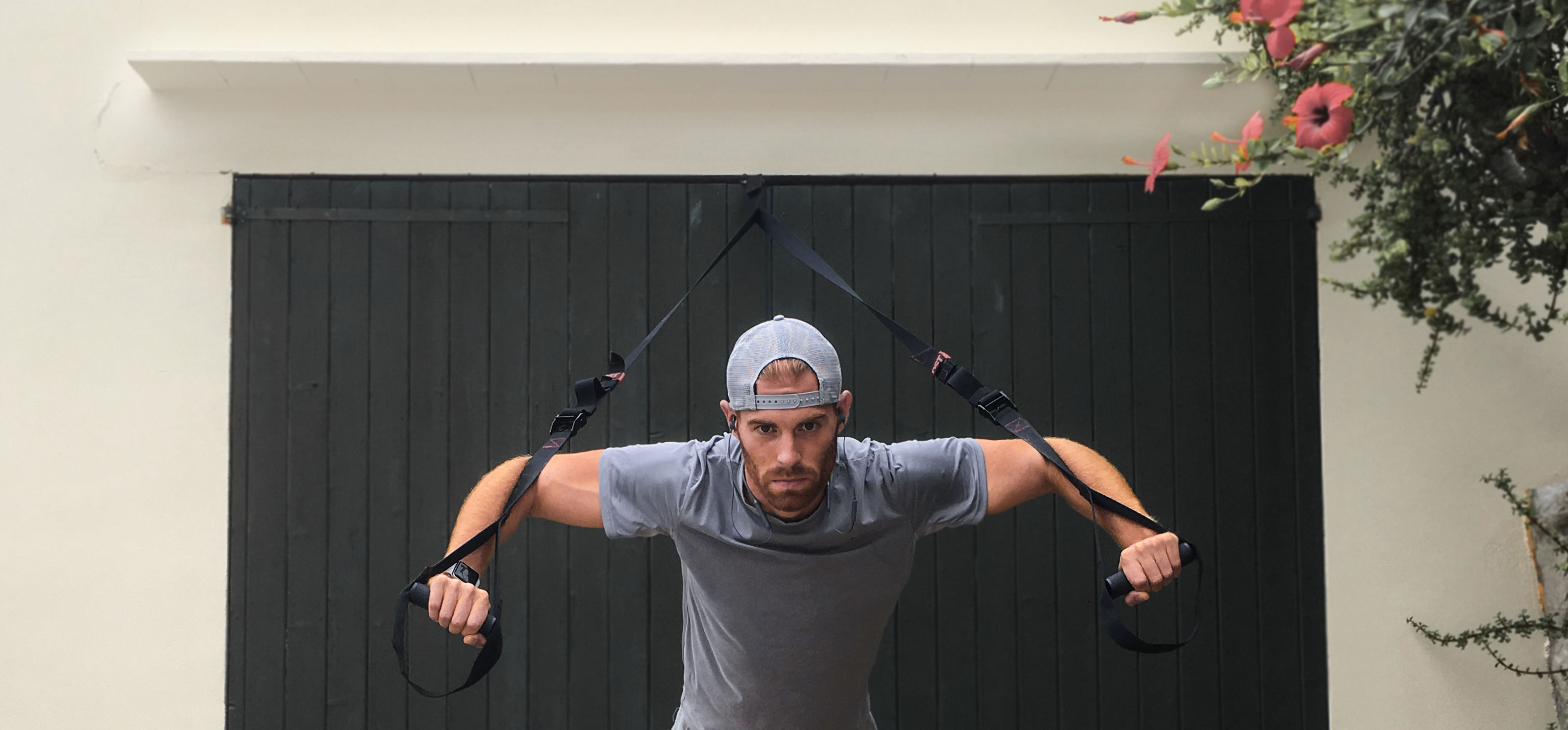
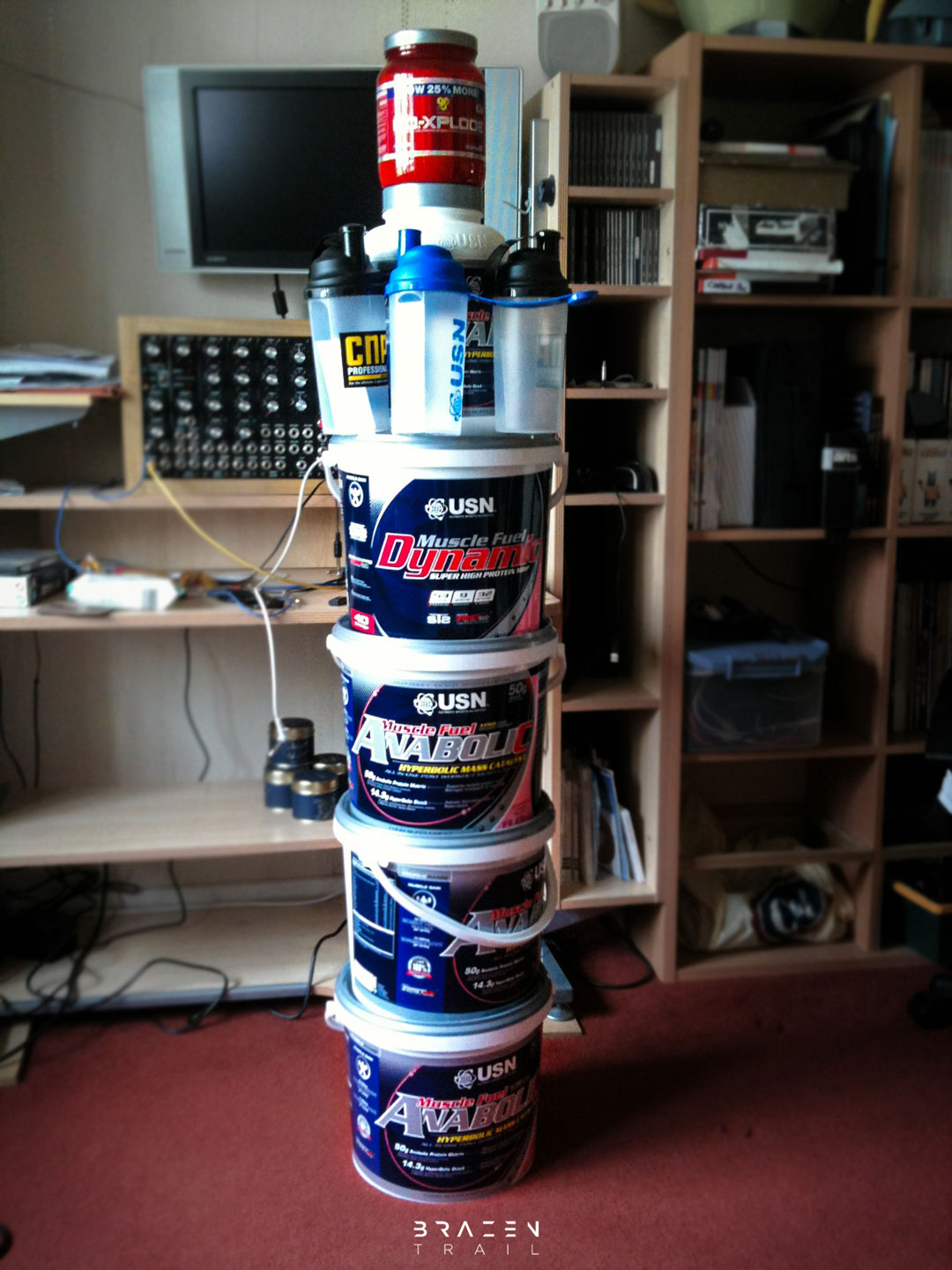
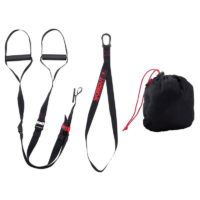
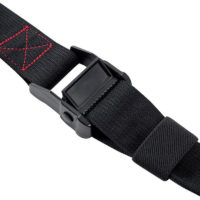
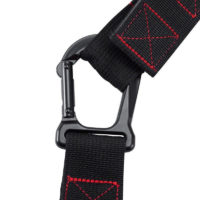
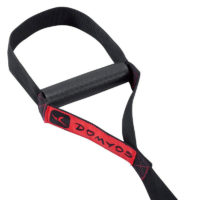
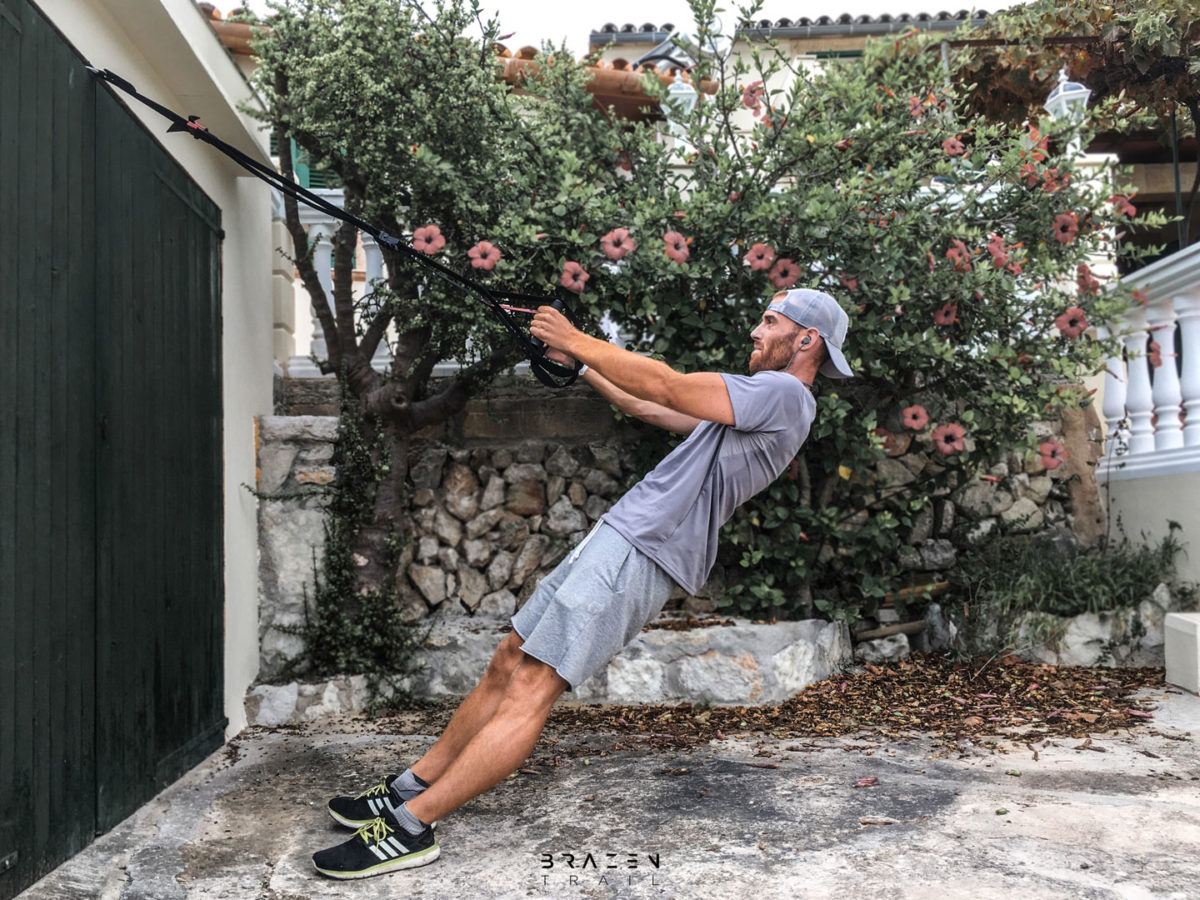
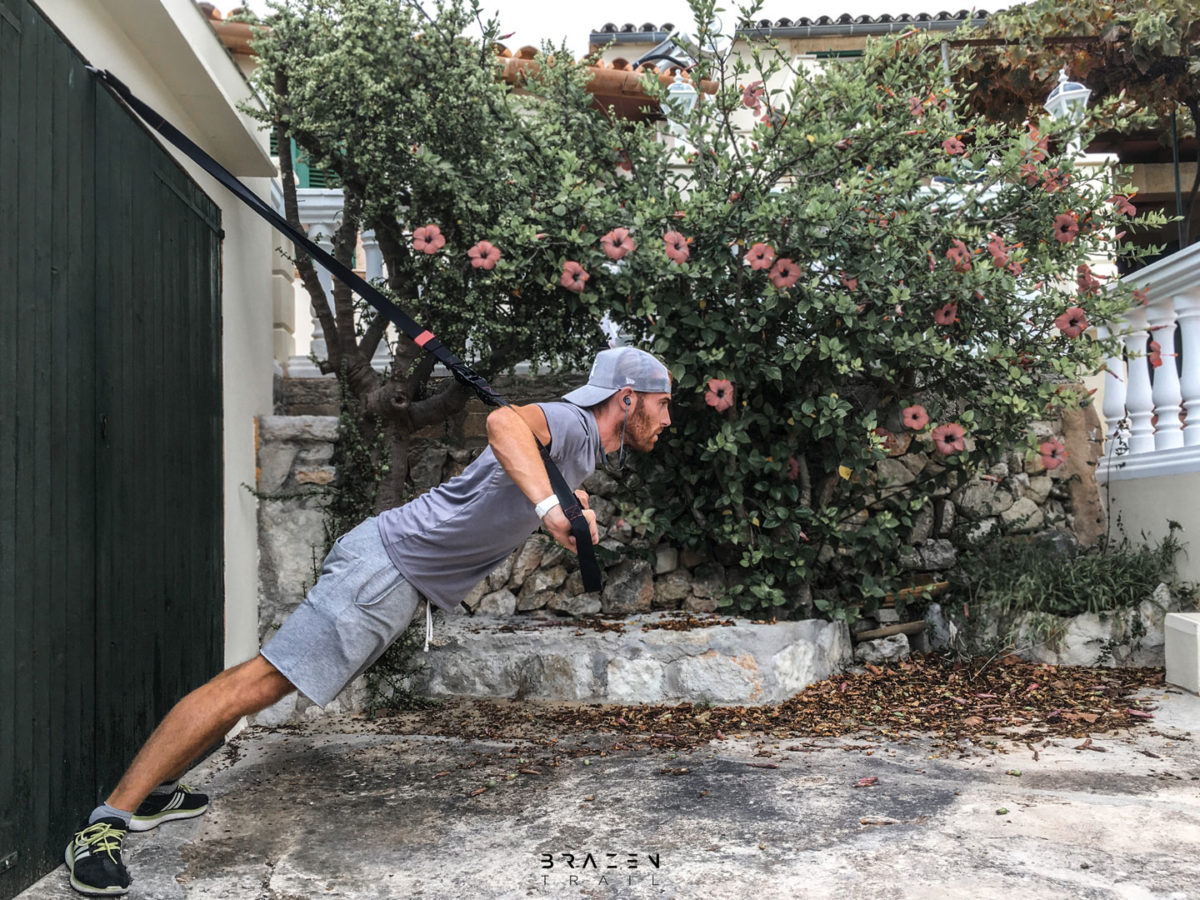
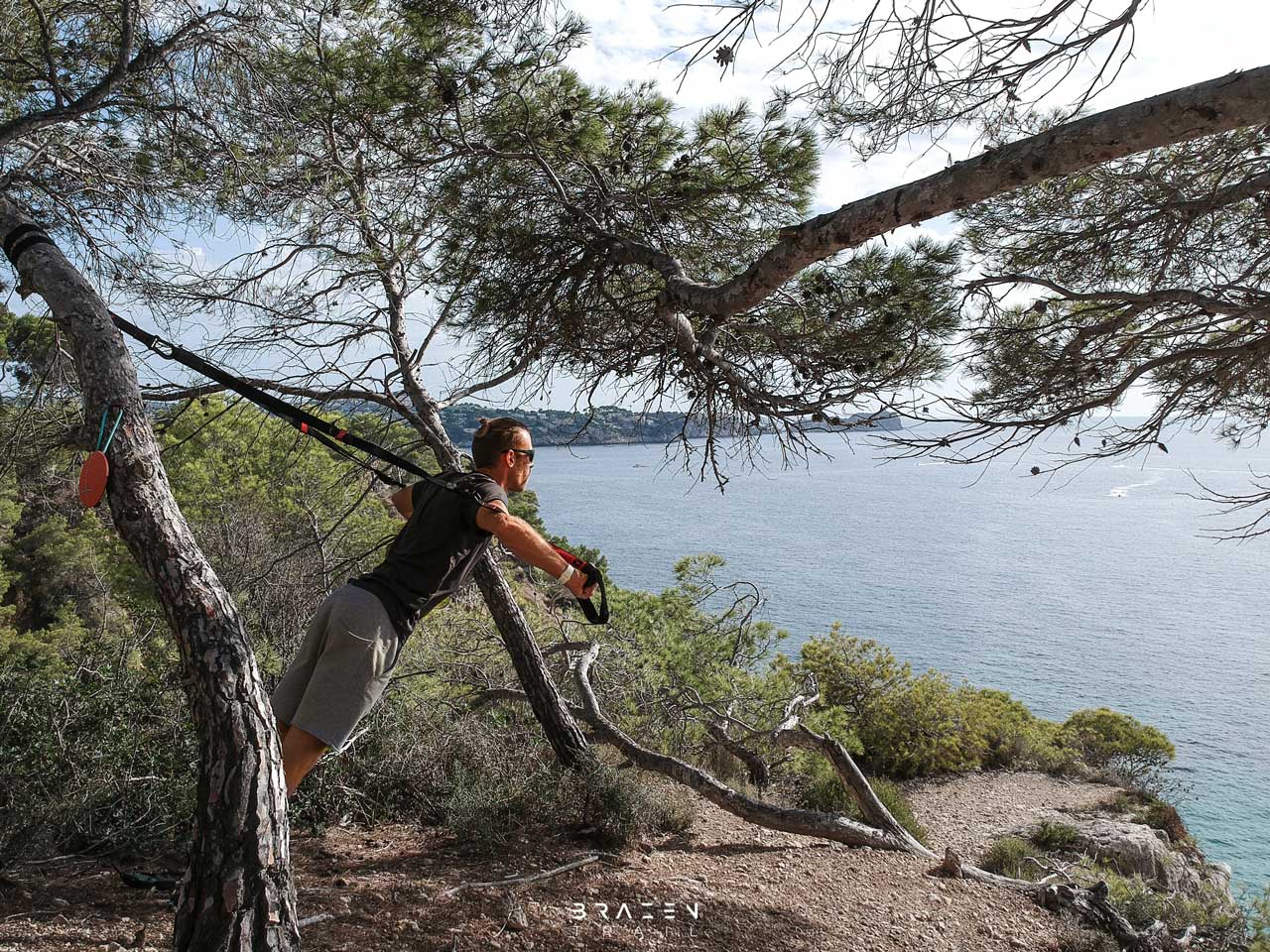
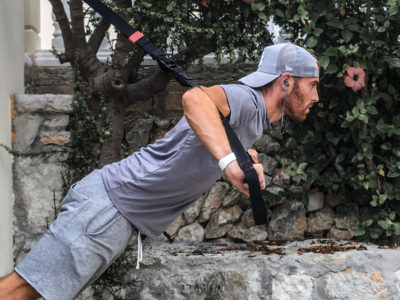
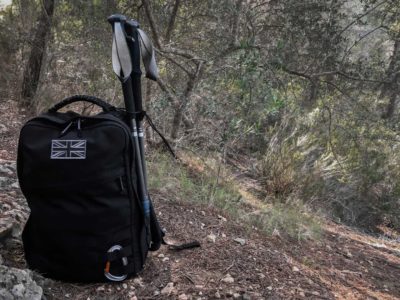
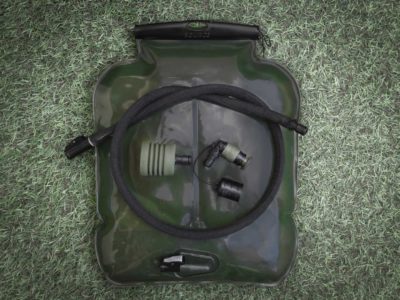
Leave a Reply